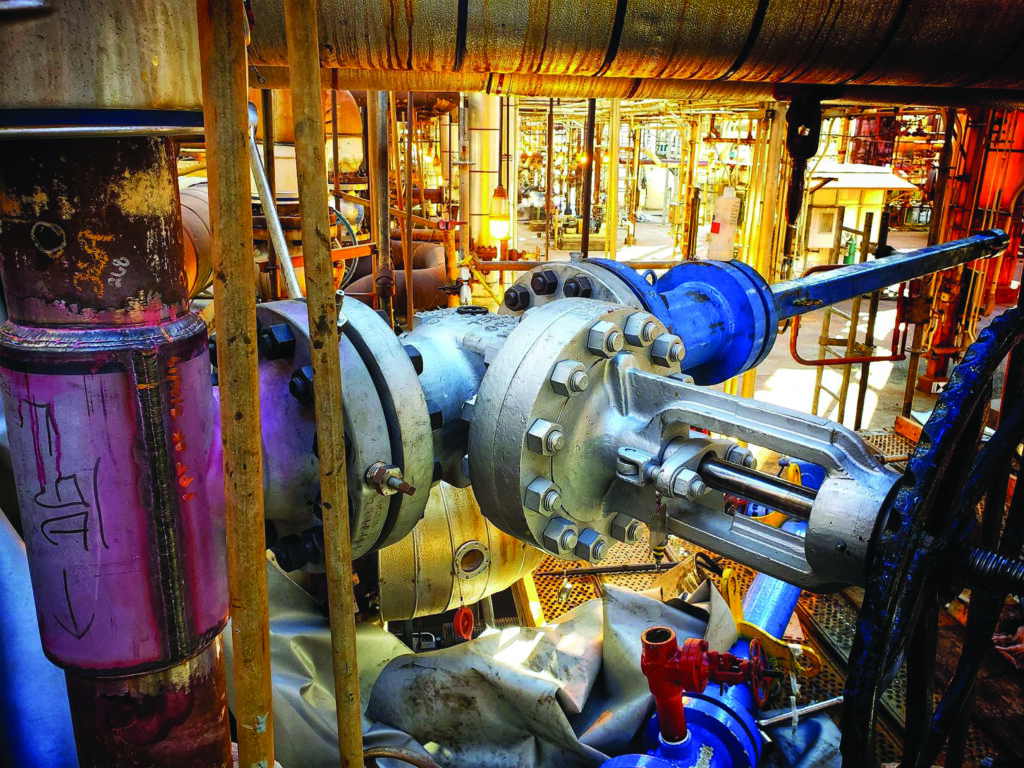Ready to Get Started?
Send us information on you, your company and your project. One of our experts will respond as soon as possible.

In the vast network of pipelines that crisscross our world, ensuring a continuous and efficient flow of resources is paramount. One innovative technique that has revolutionized the way we maintain and upgrade pipelines is hot tapping. This process, also known as pressure tapping or under-pressure drilling, allows for modifications to be made to existing pipelines without disrupting their operation.
Hot tapping is a specialized technique that involves creating a connection or opening in a live, pressurized pipeline. Unlike traditional methods that require shutting down the entire system for maintenance or modifications, hot tapping allows engineers to work on pipelines while they are still in service. This process is achieved by attaching a tapping or drilling machine to the pipeline and creating a controlled opening through which the necessary work can be performed.
Hot tapping finds application across a spectrum of industries:
In conclusion, hot tapping demonstrates human ingenuity in tackling the challenges of maintaining complex pipelines. Its widespread use in various industries underscores its vital role in ensuring a smooth resource flow, all while cutting downtime and costs. As technology advances, hot tapping continues to be a fundamental element in the pursuit of efficient and sustainable solutions for pipeline management.
TEAM’s engineering, manufacturing and field technicians have achieved numerous industry firsts, paving the way for our position at the forefront of hot tap and line intervention products and services. Contact TEAM today to keep critical piping and pressure vessels online during repairs, maintenance and modifications.
With TEAM's online Products and Services Portal, you can shop online for valves, pipeline products and make online requests for mechanical and composite repairs.
Access TEAM PSPSend us information on you, your company and your project. One of our experts will respond as soon as possible.